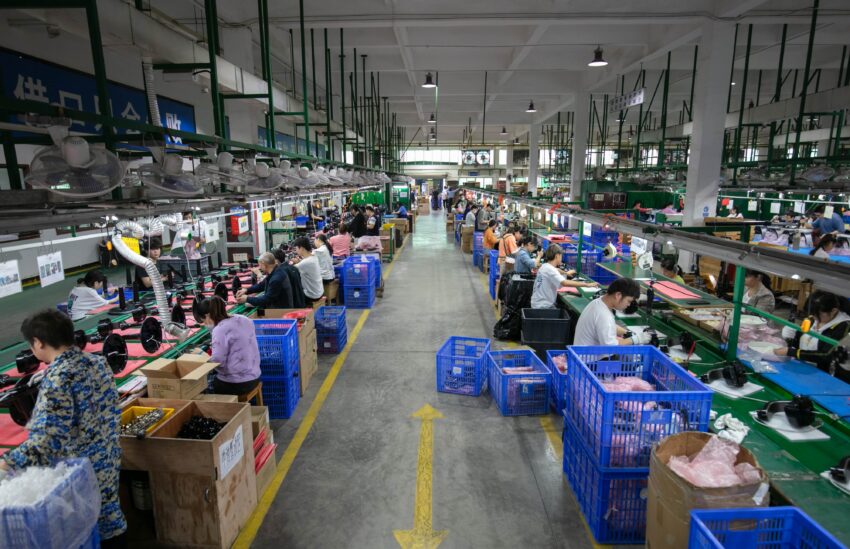China posted a record trade surplus of $99 billion last month, the highest in over two decades, as it continued to drive export growth despite looming tariff threats from Donald Trump.
Official trade data for June revealed an 8.6 per cent increase in export volumes, surpassing economists’ forecasts of 8 per cent and marking the fastest growth in 15 months. This robust performance eclipsed May’s 7.6 per cent rise in export volumes.
China’s trade surplus—the difference between the value of its imports and exports—has reached its highest level since records began in 1992.
This impressive export growth, now focused on high-value, advanced technologies such as electric vehicles and computer chips, is likely to alarm Western policymakers, who have raised concerns about Chinese “overcapacity” in critical sectors like semiconductors and clean energy.
In response, the United States and the European Union have imposed tariffs on electric vehicles to shield their domestic car manufacturers from the influx of inexpensive, state-subsidised Chinese products like those from BYD. The UK’s new Labour government has yet to clarify its stance on adopting similar tariffs in strategic industries.
China’s rapid economic ascent over the past thirty years has been fuelled by its dominance in global export markets, with its industries now transitioning from low-cost, disposable goods to high-value products.
Despite increasing trade protectionism in the US, June’s trade figures indicate a 6.6 per cent rise in overall Chinese exports to the US over the year. Exports to Germany and the UK grew by more than 8 per cent, and to the EU as a whole by 4.1 per cent.
“The US alone contributed one percentage point to overall export growth, the largest single-country impact in June,” noted Kevin Lam, senior China economist at Pantheon Macroeconomics. “China’s export strengths lie in mechanical and electrical products, which account for nearly 60 per cent of total exports, growing at 7.5 per cent and contributing 4.4 percentage points to the trade surplus.”
China also boosted exports to Latin America, Taiwan, Vietnam, and Southeast Asia. Its weakening exchange rate and reduction in domestic manufacturing costs have enhanced its global competitiveness.
Xinquan Chen, an economist at Goldman Sachs, suggested that Chinese authorities might be “front-loading” some exports to pre-empt future tariffs on high-value technologies, although quantifying this effect is challenging.
June’s record trade surplus was further bolstered by a 2.3 per cent decline in imports, reflecting ongoing consumer weakness in China. Western economists have urged Beijing’s Communist Party to rebalance the economy by stimulating domestic consumption to support faltering growth.
Trump has vowed to impose a 60 per cent tariff on all Chinese imports and a 10 per cent universal tariff on all trade with the US, including from the UK and EU, if he is re-elected in November. These tariffs would cost the average American middle-income household $1,700 and raise consumer price inflation by over one percentage point, according to the Peterson Institute and Goldman Sachs.
Zichun Huang, of Capital Economics, noted that China’s export performance remains resilient against American and European protectionism, which currently targets only a small portion of Chinese exports. “The effects of tariffs can be mitigated through trade rerouting and exchange rate adjustments. Overall, we expect exports to continue being a near-term tailwind for China’s economic growth.”


